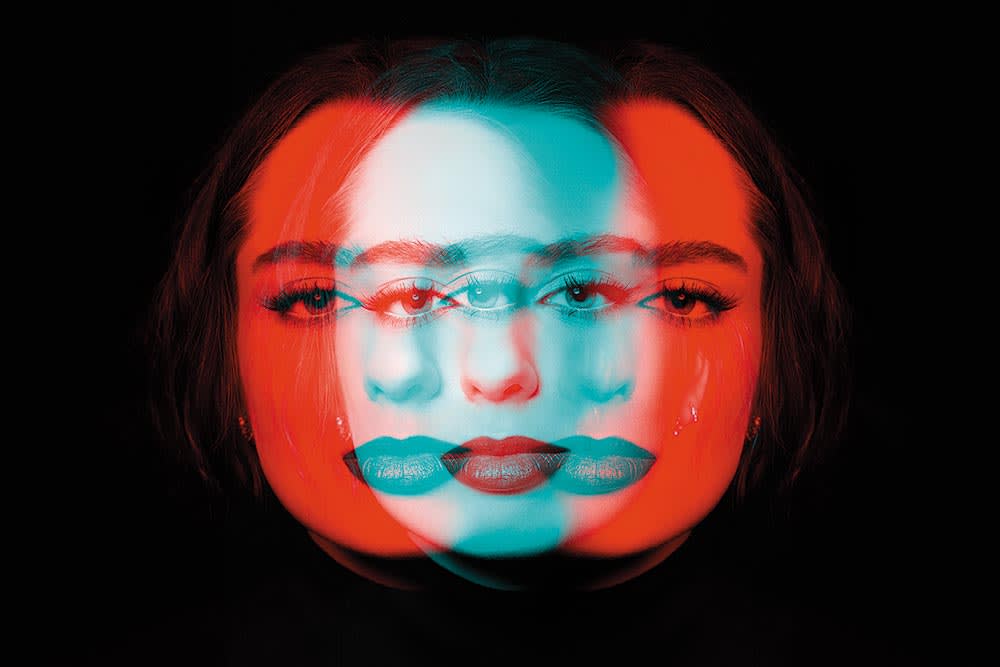YouTube Cracks Down on Deceptive AI-Generated Videos with New Labeling Policy 📣
Published on

In a bold move to combat the spread of misinformation and maintain a healthy information ecosystem, YouTube has announced a groundbreaking policy that requires creators to label videos containing AI-generated or synthetic content. Starting from March 18, 2024, creators must disclose when their videos include altered or synthetic media that could easily be mistaken for real people, places, or events.
Transparency and Trust: YouTube's Commitment to Responsible AI Innovation
YouTube's new AI disclosure policy is a testament to the platform's commitment to responsible AI innovation and maintaining a transparent, trustworthy environment for its users. By requiring creators to label AI-generated content, YouTube aims to empower viewers with the knowledge they need to make informed decisions about the content they consume.
The introduction of the AI disclosure tool in YouTube's Creator Studio marks a significant step forward in the fight against deceptive synthetic media. Creators will now have the ability to easily disclose the presence of altered or synthetic content in their videos, ensuring that viewers are aware of the nature of the content they are watching.
Types of AI-Generated Content That Require Labeling
Under YouTube's new policy, creators must disclose the following types of AI-generated content:
- Videos that make a real person say or do something they didn't
- Altered footage of real events and places
- Realistic-looking scenes that didn't actually occur
Examples of such content include using AI to replace one person's face with another's, synthetically generating a person's voice for narration, or creating a realistic depiction of a fictional event, such as a tornado moving toward a real town.
Exemptions and Exceptions: Clearly Unrealistic and Inconsequential Content
While the new policy aims to increase transparency, YouTube recognizes that not all AI-generated content requires labeling. Creators are not obligated to disclose the use of AI when the content is clearly unrealistic, animated, or includes special effects. Additionally, minor alterations such as color adjustments, lighting filters, or beauty enhancements do not fall under the disclosure requirements.
Furthermore, YouTube acknowledges that creators often use generative AI for productivity purposes, such as generating scripts, content ideas, or automatic captions. In these cases, disclosure is not mandatory, as the AI is not being used to create realistic, potentially misleading content.
Enforcement Measures and Collaborative Efforts
To ensure compliance with the new policy, YouTube plans to implement enforcement measures for creators who consistently fail to disclose the use of AI-generated content. These measures may include content removal or suspension from the YouTube Partner Program. In some cases, YouTube may even add a disclosure label to videos if the creator neglects to do so, particularly if the content has the potential to confuse or mislead viewers.
YouTube's AI disclosure policy is part of a broader collaborative effort across the industry to increase transparency around digital content. As a steering member of the Coalition for Content Provenance and Authenticity (C2PA), YouTube is working alongside other industry leaders to develop standards and best practices for responsible AI innovation.
The Future of AI-Generated Content on YouTube: Balancing Innovation and Responsibility 🚀
As generative AI continues to advance and transform the creative landscape, YouTube's AI disclosure policy represents a proactive approach to navigating the challenges and opportunities that lie ahead. By striking a balance between fostering innovation and ensuring responsibility, YouTube aims to create a platform where creators can harness the power of AI while maintaining the trust and confidence of their audience.
Looking forward, YouTube is also working on updating its privacy policy to allow individuals to request the removal of AI-generated content that simulates their face or voice. This additional layer of protection will give users greater control over their digital identity and help prevent the misuse of AI for malicious purposes.
Empowering Creators and Viewers in the Age of AI
YouTube's AI disclosure policy is not just about regulating content; it's about empowering creators and viewers alike. By providing creators with the tools and guidelines they need to use AI responsibly, YouTube is fostering a creative environment that encourages experimentation and innovation while prioritizing transparency and trust.
For viewers, the introduction of AI disclosure labels means greater control over the content they consume. With the ability to easily identify AI-generated content, viewers can make informed decisions about what they watch and share, helping to curb the spread of misinformation and promote a healthier online ecosystem.
Take Action: Embrace Transparency and Responsible AI Use on YouTube 🎬
As a creator on YouTube, it's essential to embrace the new AI disclosure policy and lead by example. By proactively labeling your AI-generated content and being transparent with your audience, you can build trust, foster engagement, and contribute to a more responsible and sustainable creative community.
Here are some steps you can take to ensure compliance with YouTube's AI disclosure policy:
- Familiarize yourself with the types of content that require disclosure and the exemptions that apply.
- Use the AI disclosure tool in YouTube's Creator Studio to label your videos containing AI-generated or synthetic content.
- Be transparent with your audience about your use of AI in your creative process, and encourage open dialogue about the benefits and challenges of AI-generated content.
- Stay informed about the latest developments in AI and content authenticity, and adapt your practices accordingly.
By working together as a community, creators and viewers can navigate the exciting and transformative world of AI-generated content on YouTube, while upholding the values of transparency, responsibility, and trust. Embrace the power of AI, but always remember the importance of authenticity and integrity in your creative journey.
